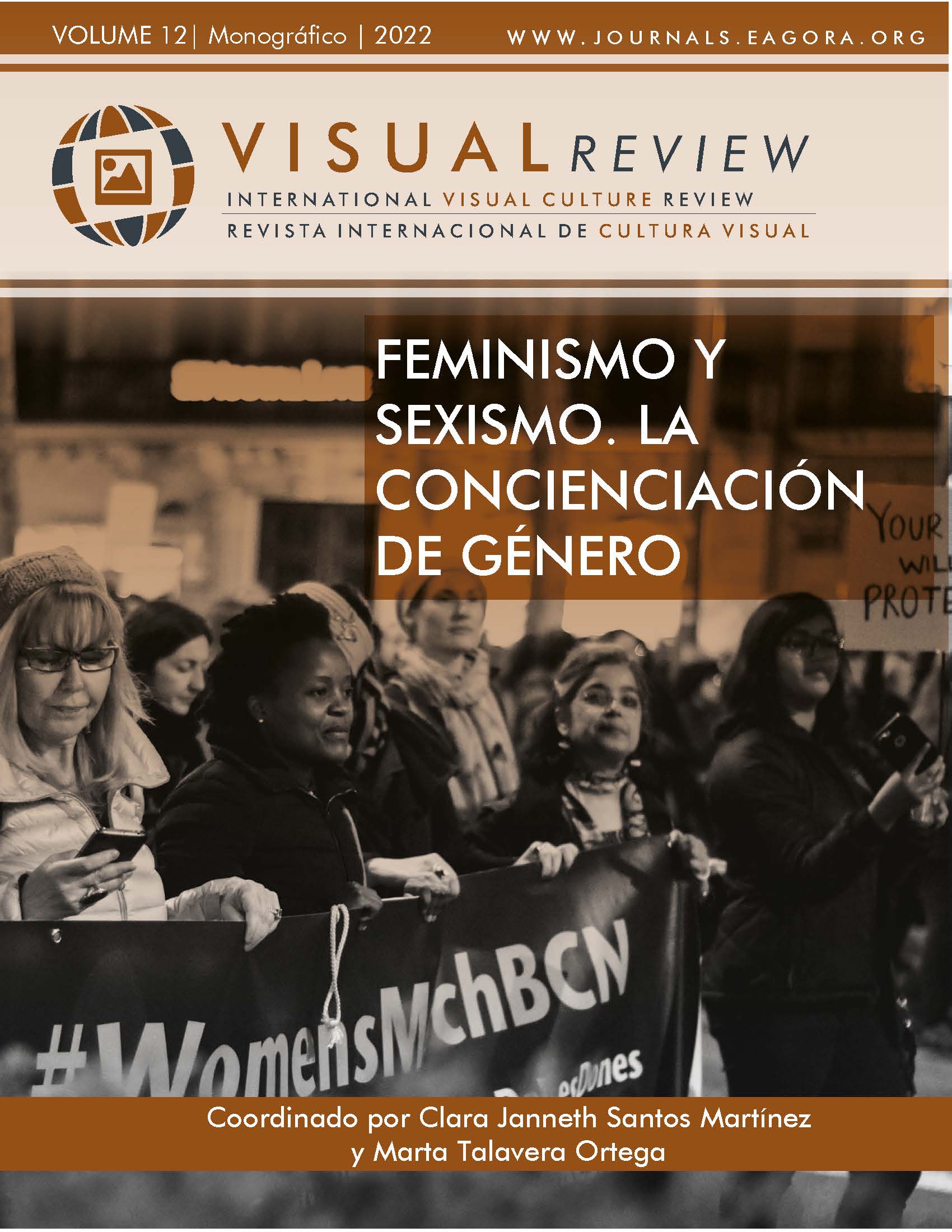From Crimes against Honesty to Crimes against Sexual Freedom
DOI:
https://doi.org/10.37467/revvisual.v9.3721Keywords:
Crimes, Criminal, History, Honesty, Spain, HonorAbstract
This paper is a contribution to the study of historical criminal law. Specifically, it analyzes the crimes against honesty in the Penal Codes of 1822, 1848 and 1876. In such a way that it is shown how the morality of Spanish society has been evolving during this time and how certain conducts have been penalized and others decriminalized. This is contrasted with the current Penal Code and its regulation of crimes against sexual freedom.
Downloads
Global Statistics ℹ️
|
658
Views
|
1535
Downloads
|
|
2193
Total
|
|
References
Referencias normativas:
Anteproyecto de Ley Orgánica de garantía integral de la Libertad sexual.
Código Penal de 1848.
Código Penal español, decretado por las Cortes en 8 de junio, sancionado por el rey y mandado promulgar en 9 de julio de 1822, imprenta Nacional, Madrid, 1822.
Código Penal reformado, mandado publicar provisionalmente, en virtud de autorización concedido al gobierno por la ley de 17 de junio de 1870, concedida al gobierno por la ley de 17 de junio de 1870
Las Siete Partidas del Sabio Rey don Alonso el nono, nuevamente glosadas por el Licenciado Gregorio López del Consejo Real de Indias de su Majestad, por Andre Portonariis, Salamanca, 1555.
Ley Orgánica 10/1995, de 23 de noviembre, del Código Penal.
Ley Orgánica 11/1999, de 30 de abril, de modificación del Título VIII del Libro II del Código Penal, aprobado por Ley Orgánica 10/1995, de 23 de noviembre.
Ley Orgánica 3/1989, de 21 de junio, de actualización del Código Penal
Proyecto de Ley Orgánica de garantía integral de la libertad sexual, Boletín Oficial de las Cortes Generales. Congreso de los Diputados, XIV legislatura, 26 de junio de 2021
Referencias generales:
Bravo, B. (2004). La fortuna del código penal español de 1848. Historia en cuatro actos y tres continentes: de Mello Freire y Zeiller a Vasconcelos y Seijas Lozano. Anuario de Historia del Derecho Español, 74, 23-58.
Collantes de Terán, M.J. (2012). El delito de estupro en el derecho castellano de la baja edad moderna. Dykinson.
Collantes de Terán, M.J. (2013). Algunas consideraciones sobre el delito de adulterio: un proceso de finales del siglo XVIII. Cuadernos de Historia del Derecho, 20, 331-352. DOI: https://doi.org/10.5209/rev_CUHD.2013.v20.45337
García, R. (1999). El primer Código Penal español de 1822 y su regulación de la religión católica. Derecho y opinión, 7, 343-364.
Iñesta Pastor, E. (2011). El Código Penal de 1848. Tirant lo Blanch.
Oneca, J.A. (1970). El Código penal de 1870. Anuario de Derecho Penal y Ciencias Penales, 2, 229-252.
Tapia, P. (2017), Posición de la mujer en el código penal español de 1822 e incorporación del “género” como circunstancia sospechosa de discriminación (Ley orgánica 1/2015 del 30 de marzo): ¿Se ha avanzado hacia la igualdad?, Mora, 23, 5-18. https://doi.org/10.34096/mora.n23.5195
Downloads
Published
How to Cite
Issue
Section
License
Those authors who publish in this journal accept the following terms:
-
Authors retain copyright.
-
Authors transfer to the journal the right of first publication. The journal also owns the publishing rights.
-
All published contents are governed by an Attribution-NoDerivatives 4.0 International License.
Access the informative version and legal text of the license. By virtue of this, third parties are allowed to use what is published as long as they mention the authorship of the work and the first publication in this journal. If you transform the material, you may not distribute the modified work. -
Authors may make other independent and additional contractual arrangements for non-exclusive distribution of the version of the article published in this journal (e.g., inclusion in an institutional repository or publication in a book) as long as they clearly indicate that the work was first published in this journal.
- Authors are allowed and recommended to publish their work on the Internet (for example on institutional and personal websites), following the publication of, and referencing the journal, as this could lead to constructive exchanges and a more extensive and quick circulation of published works (see The Effect of Open Access).













